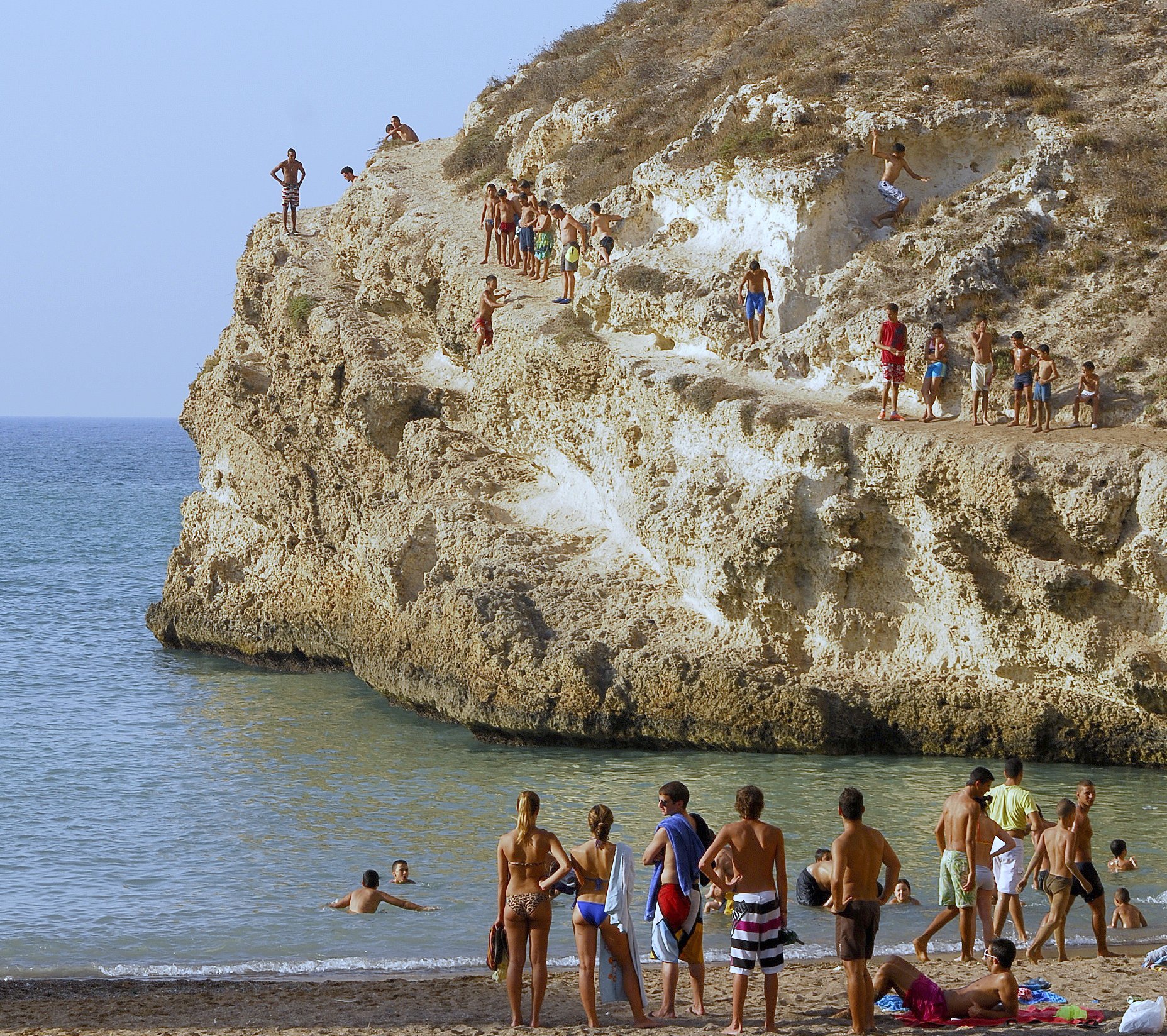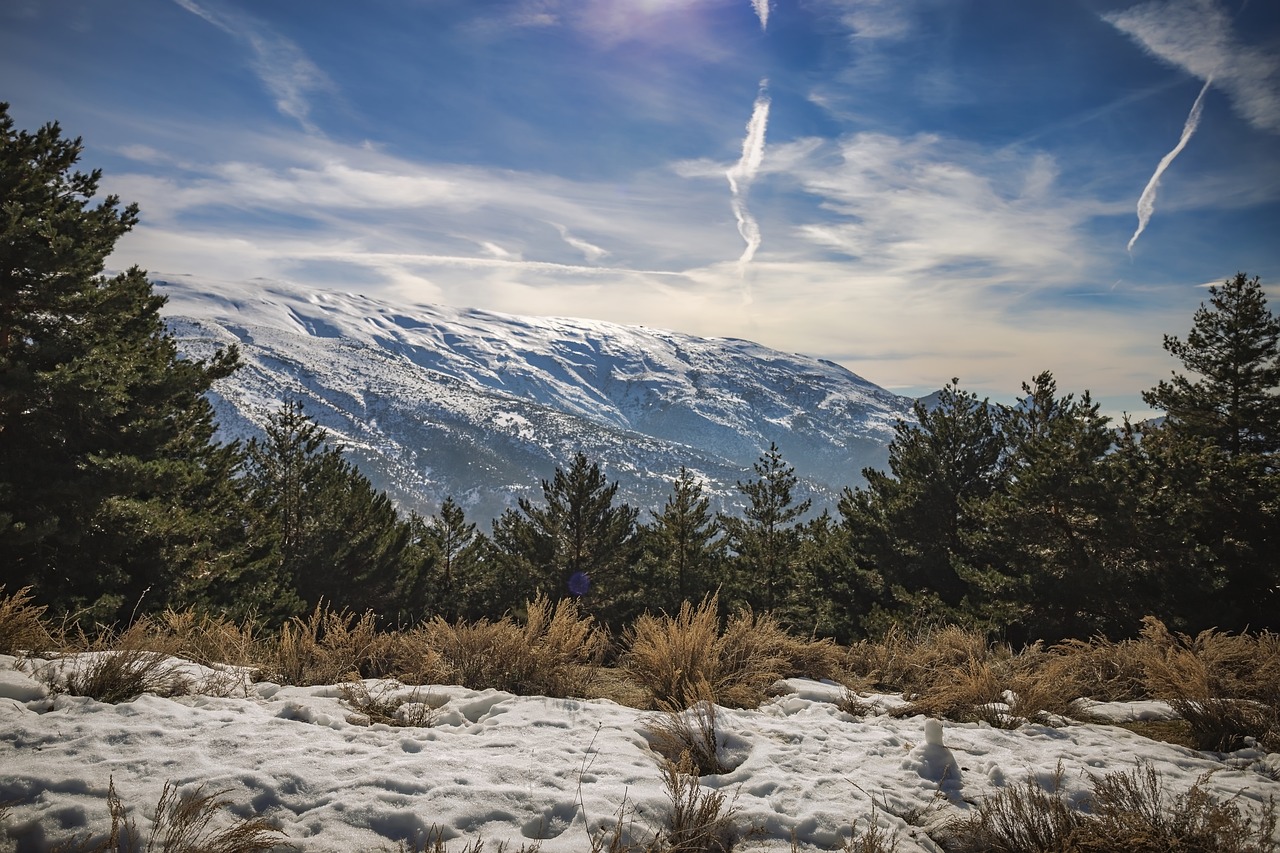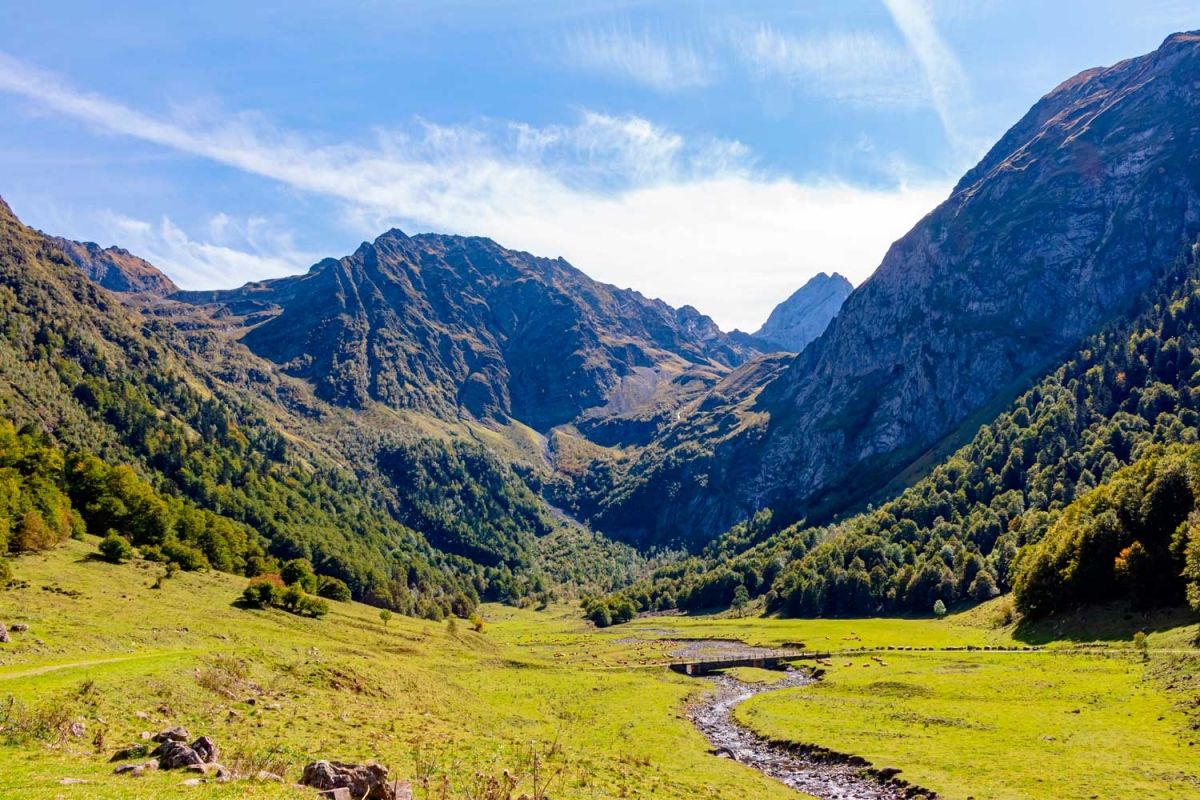The Canary Islands, with their 1,583 kilometers of coastline, offer a true paradise for diving enthusiasts. This archipelago, formed by seven main islands – Lanzarote, Fuerteventura, Gran Canaria, Tenerife, La Gomera, La Palma, and El Hierro – possesses a diverse and impressive underwater world that attracts divers from all over the world. With their volcanic origins, the Canary Islands are home to unique underwater landscapes full of caves, reefs, and grottoes, making each dive an exciting adventure.
The Canary Islands are famous for their crystal-clear waters, which offer exceptional visibility of up to 30 meters. The pleasant and constant water temperature, which hovers around 20 degrees Celsius, creates an ideal environment for a wide variety of marine life. The rich biodiversity and volcanic formations of the seabed have led to several areas of the archipelago being declared Marine Reserves, such as La Restinga in El Hierro, La Palma, and Lanzarote.
Lanzarote Underwater Art Gallery
Lanzarote is home to Europe’s only underwater museum, the Museo Atlántico. Created by British sculptor Jason deCaires Taylor, this unique museum exhibits a collection of submerged sculptures. Divers can explore the installations, which range in difficulty to accommodate both beginners and experienced licensed divers. The Museo Atlántico is a must-visit for art enthusiasts and underwater photographers seeking to capture the magical interplay of light and shadow on the sculptures.
La Restinga, El Hierro: A Diver’s Dream
Declared a marine reserve in 1996, the La Restinga – Mar de Las Calmas area in El Hierro offers divers an extraordinary experience. Known for its impressive marine life, diving in this area gives the sensation of flying underwater. It is common to see schools of small fish, such as fulas, alfonsitos and salemas, as well as mantas, rays and even cetaceans, depending on the time of year. Accessible by boat from the port, this diving point offers low difficulty levels and depths ranging from 21 to 31 meters.
El Cabrón Marine Reserve: The hidden jewel of Gran Canaria
Located in the municipality of Agüimes, El Cabrón is one of the main dive sites in Gran Canaria. The underwater cliffs, which reach depths of almost 23 metres, are home to the greatest diversity of marine species on the island. Divers can find moray eels, barracudas and amberjacks, among other fascinating creatures. Accessible from the shore, via El Cabrón beach, this intermediate level dive site requires caution due to occasional currents
The Cathedral: The submerged wonder of Tenerife
Located in Puerto de la Cruz, «La Catedral» is a remarkable underwater structure that stands at an impressive height of 20 meters. Due to its challenging conditions, this dive site is not recommended for beginners. From the inside, the structure appears imposing, with rays of sunlight penetrating through holes in the top, creating a magical ambiance. La Catedral is a favorite among underwater photography enthusiasts, who capture the unique interplay of light and the surreal atmosphere.
Whether you’re a novice diver or a seasoned explorer, we invite you to embark on an unforgettable underwater adventure. Here’s a link where you can find a wide range of options for booking diving excursions.
Whale and Dolphin Watching Excursions
Uncover a hidden gem in Tenerife!
Few people know that this beautiful Canary Island is a privileged destination for whale and dolphin watching in their natural habitat. With crystal-clear waters and surprising marine biodiversity, Tenerife offers the unique opportunity to witness these majestic mammals in their natural environment.
From the south of the island, specialized boats will take you through the Atlantic waters, where you can admire the grace of dolphins jumping joyfully next to the boat.
Here is the link to book the eco-cruise on the Costa Adeje.
Immerse yourself in an unforgettable experience and witness the beauty and grandeur of marine life in Tenerife. An adventure that will connect you with nature in a unique way!
Las Cruces de Malpique: La Palma’s Historical Dive
Also known as the «Martyrs of Tazacorte Cemetery,» Las Cruces de Malpique is one of the most picturesque dive sites in the Canary Islands. The crosses serve as a tribute to a group of Jesuits who perished in 1570 during an attack by three French pirate ships. Two hundred years later, Pope Benedict XIV declared them martyrs. In 2000, the La Palma Naval Museum submerged 40 crosses as a tribute to the fallen religious men. With depths of around 20 meters, strong currents at times, and easy access from the shore, this site offers a wide range of marine life to explore.
Why Choose the Canary Islands for Diving?
Year-Round Diving Paradise
Beyond the allure of year-round diving with average water temperatures of 20 degrees Celsius, the Canary Islands unveil breathtaking underwater landscapes and exceptional biodiversity that captivate divers worldwide. The archipelago’s volcanic origins have sculpted unique submarine formations, including lava flows, cliffs, caves, tunnels, and reefs that coexist with vast expanses of white sand.
Diverse Marine Ecosystems
The Canary Islands’ geographical location plays a crucial role in their abundant marine life. The islands serve as a haven for a wide array of species, fostering diverse ecosystems teeming with fascinating and often endemic marine life. With visibility ranging from 30 to 40 meters, the Canary Islands will undoubtedly become one of your favorite diving destinations.
Which Canary Island is the Best for Diving?
While each island in the Canary Islands archipelago offers its own charm and appeal for diving, El Hierro is often considered one of the best places to dive. The La Restinga Marine Reserve is a popular diving area, reaching depths of up to 300 meters and harboring unique species rarely found on other islands. Divers can encounter pelagic species, especially during the summer months. If you’re seeking shark encounters in the Canary Islands, this area offers excellent opportunities to spot species like the smooth hammerhead shark or even the whale shark.
Diving Activities and Courses in the Canary Islands
The Canary Islands cater to divers of all levels and interests, offering a wide range of activities and courses. Whether you’re a beginner seeking a try-diving experience, an experienced diver looking for technical diving opportunities, or a professional diver, the archipelago has something for everyone. The islands are an ideal destination for diving courses, certifications, guided dives, as well as snorkeling and freediving experiences.
Diving Costs in the Canary Islands
Given the richness of the marine ecosystems in the Canary Islands, there are numerous diving centers and clubs on each island that can accompany you on your diving courses or dives.
Breakdown of Diving Costs
- Guided Dives: 35-40 euros per dive
- Introductory Diving Experiences (Try Dives): 60-75 euros per experience
- Open Water Diving Certification Course: 360-420 euros per course
The Best Time to Dive in the Canary Islands
The Canary Islands offer exceptional diving opportunities throughout the year due to their pleasant climate and consistent water temperatures. However, the summer months, from June to September, are particularly popular for diving due to the warmer waters and increased marine activity.
Summer: Peak Diving Season
The summer months bring warmer water temperatures, ranging from 20 to 24 degrees Celsius, making it more comfortable for divers to explore the underwater world. Additionally, the increased sunlight enhances visibility, allowing divers to witness the vibrant marine life in all its splendor.
Spring and Autumn: Pleasant Conditions for Diving
Spring (March to May) and autumn (September to November) offer pleasant diving conditions with slightly cooler water temperatures, ranging from 18 to 22 degrees Celsius. These shoulder seasons provide a balance between comfortable diving temperatures and fewer crowds.
Winter: Diving Opportunities with Unique Encounters
Winter (December to February) presents the opportunity to encounter unique marine life, such as angel sharks and manta rays, which are more prevalent during this time of year. While water temperatures drop to around 17 degrees Celsius, experienced divers equipped with proper thermal suits can still enjoy the underwater wonders of the Canary Islands.
Embrace the Underwater Magic of the Canary Islands
Whether you prefer the warmth of summer, the pleasant conditions of spring and autumn, or the unique encounters of winter, the Canary Islands have something to offer every diver. So, pack your dive gear, embark on an unforgettable underwater adventure, and discover the enchanting marine treasures that await beneath the surface of the Canary Islands.



